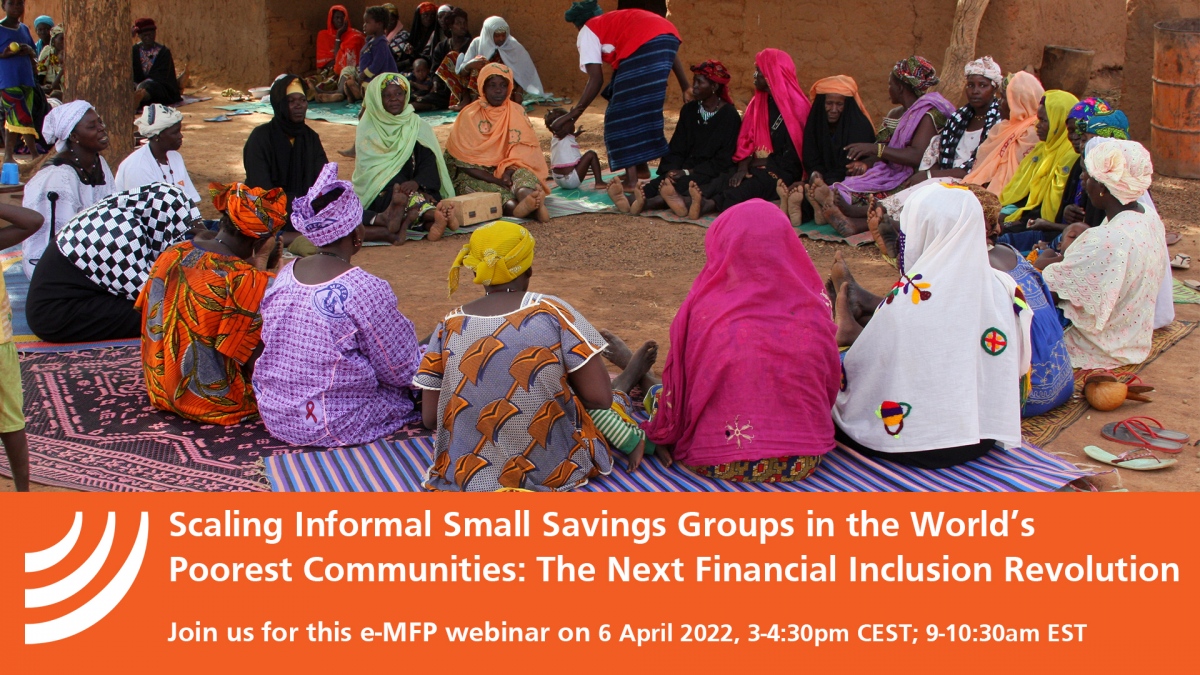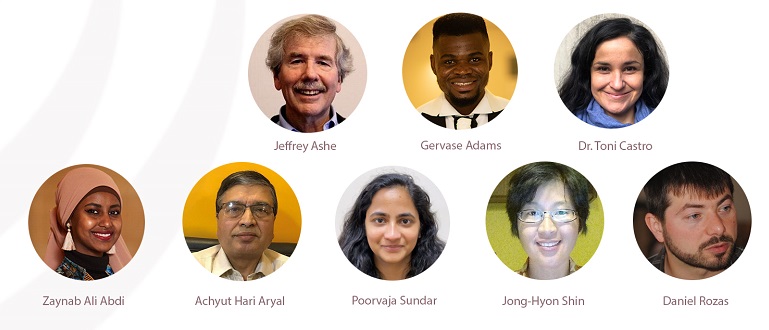
Download the presentation
What if the most transparent and community minded leaders of savings circles – tandas, chit funds, dhikutis, susus – and the leaders of Savings Groups trained by NGOs were provided a small financial nudge to train more groups? For every $100,000 invested, 5,000 of the world’s poor and poorest would, through their own efforts, save more, and, according to recent research, most will still be saving in their groups nine years from now. At a dollar per person a week (a conservative estimate) they will collectively save $250,000 per year, quite a return on investment.
While 1.8 billion people save informally and via institutions, 2.8 billion only save “under the mattress.” Who better to start them saving more than the skilled leaders of ROSCAs and of Saving Groups who live in their villages or nearby? These leaders speak the local language, understand the culture, and are respected in their communities. They already know how to organize and manage groups, and they are eager to help.
To explore the potential of scaling small and informal savings groups, we were delighted to welcome a panel with a real wealth of experience, led by a savings group pioneer, Jeffrey Ashe, Director of Grassroots Finance Action. Jeffrey promoted microfinance for twenty years and savings groups for twenty years more. He learned about ROSCAs through the research his graduate students from Columbia and Brandeis universities carried out.
 He was joined by several of his former graduate students:
He was joined by several of his former graduate students:
- Gervase Adams. As microfinance collapsed in Northern Ghana, Gervase studied how susus surged. One woman, whose experiences Gervase profiled, trained a dozen susus herself.
- Zaynab Ali Abdi. Zaynab organized Yeminis in Michigan into ROSCAs who funded village projects back home. The quarter of a billion immigrants living in rich countries send home $550 billion in remittances every year (dwarfing official ODI). What if remittances could, in part, be targeted to support communities?
- Achyut Hari Aryal. Recognizing that the very poorest are often left out of savings groups, Achyut developed and implemented a strategy for including them in savings groups in Bangladesh.
- Dr. Toni Castro. Toni will tell us about tandas in México and the Bronx, where she learned about through her research and by being part of a tanda herself.
- Poorvaja Sundar. Poorvaja studied ROSCAS in Mumbai including the kitties of wealthy women who used their savings to help the poorest.
- Jong-Hyon Shin. Jong-Hyon introduced Savings Groups to recipients of Conditional Cash Transfers in the Dominican Republic, greatly magnifying their impact.
The session was moderated by e-MFP’s Daniel Rozas, during which attendees also engaged in the discussion and shared their own insights and experiences.
Download the presentation
-Watch the Recording-
Download the presentation
What if the most transparent and community minded leaders of savings circles – tandas, chit funds, dhikutis, susus – and the leaders of Savings Groups trained by NGOs were provided a small financial nudge to train more groups? For every $100,000 invested, 5,000 of the world’s poor and poorest would, through their own efforts, save more, and, according to recent research, most will still be saving in their groups nine years from now. At a dollar per person a week (a conservative estimate) they will collectively save $250,000 per year, quite a return on investment.
While 1.8 billion people save informally and via institutions, 2.8 billion only save “under the mattress.” Who better to start them saving more than the skilled leaders of ROSCAs and of Saving Groups who live in their villages or nearby? These leaders speak the local language, understand the culture, and are respected in their communities. They already know how to organize and manage groups, and they are eager to help.
To explore the potential of scaling small and informal savings groups, we were delighted to welcome a panel with a real wealth of experience, led by a savings group pioneer, Jeffrey Ashe, Director of Grassroots Finance Action. Jeffrey promoted microfinance for twenty years and savings groups for twenty years more. He learned about ROSCAs through the research his graduate students from Columbia and Brandeis universities carried out.
The session was moderated by e-MFP’s Daniel Rozas, during which attendees also engaged in the discussion and shared their own insights and experiences.
-Watch the Recording-
Download the presentation